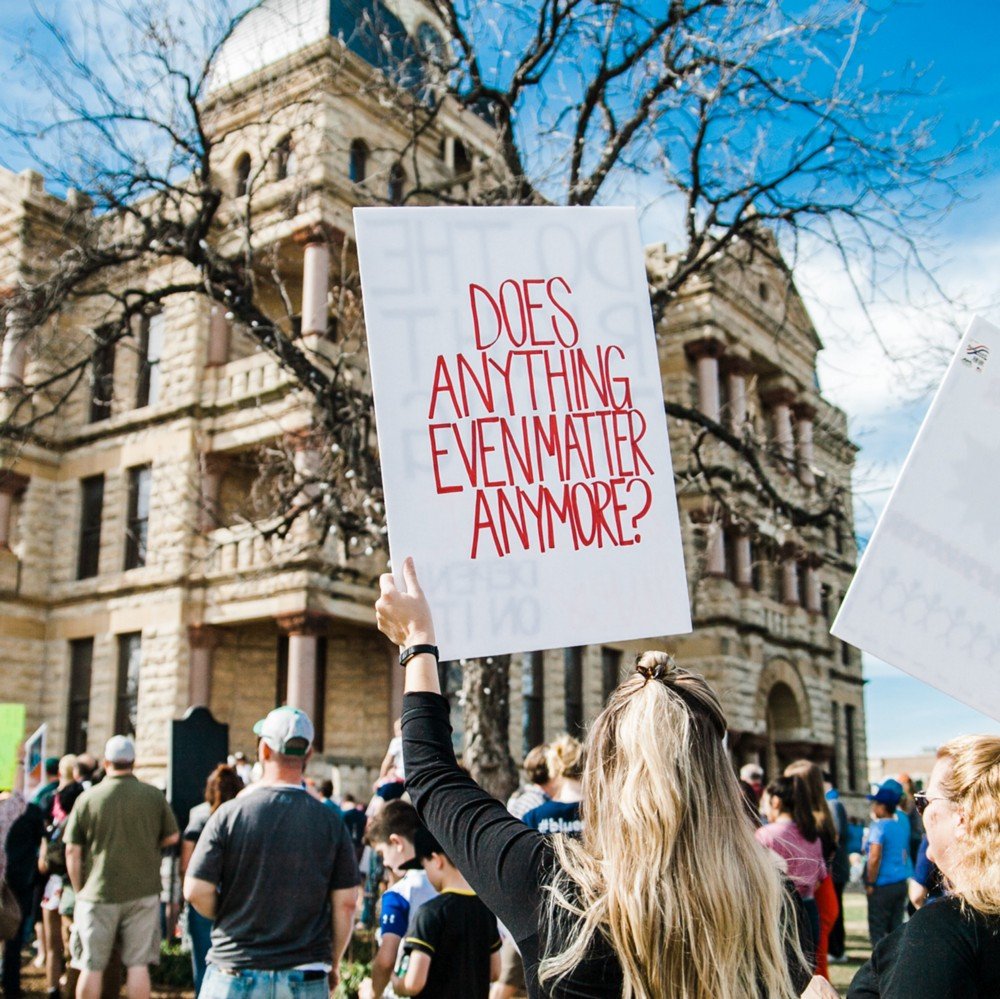We should change our minds about how we change our minds.
Most of us presume we’re capable of changing our beliefs if we’re given compelling enough evidence, and we expect others to change their minds in light of reason too.
In practice, though, that’s seldom how it works. We can accept new facts in the short term, but our beliefs take a longer time to shift, and the process is curiously counter-intuitive.
It’s easy to feel hopeless in today’s polarized political climate. Trying to find common ground, let alone reach consensus and understanding, seems near impossible.
And yet we still feel like if we could just get the other person to see what we see — to really get it — then they’d believe what we believe.
But if you stop and think about it, that’s not actually what you do, is it?
Think about something you believed ten or twenty years ago that you no longer believe now. Did you ever consciously decide to change your mind about that belief? Did you have an argument with someone on the internet in which they made a lot of good points and you just instantly abandoned the belief? Likely not.
What’s much more likely is that your view softened over time, and an aggregate of facts, opinions, perceptions, and tacit influences, such as shifting social mores, all conspired to change your mind without you ever really being consciously aware of it.
This is how we change our minds: slowly, incrementally, subconsciously, and usually without any watershed moments of revelation.
Understanding this can be useful, and also create a sense of hope about our current state of affairs. When we realize that changing minds — changing beliefs — is a long-term project, we’re no longer defeated by a lack of short-term validation.
What if the point was not to win the argument so convincingly that you humiliated the person you’re in conversation with, but instead to simply plant a seed of doubt and reason, and maybe give it some fertiliser?
Take the issue of marriage equality as a case in point: 20 years ago most people were opposed to same-sex couples being able to marry, and today the vast majority are for it. In between, people had to change their minds, and at some point there was a critical mass where it became mainstream to be for, rather than against, marriage equality. How did this happen?
The process involved everyone we saw come out of the closet to humanize their relationships with their partners, it included all the op-eds and books and films that touched on this subject matter, it was every comedian who turned the valve of humor to depressurize our collective fears and repressions, it was the billions of conversations and countless protest signs saying ‘love is love’, and it was videos like this one that spread like wildfire.
It was a war won on many fronts from impassioned activism to the quiet normalization of two people of the same sex walking down the street holding hands. It was not one exchange, it was thousands of things that all worked together to soften people’s opinions; then shift their understanding; then change their minds — all without those people being cognizant of the process going on in their own minds.
There are, of course, some situations in which people really do change their beliefs in what seems to be a moment of epiphany and revelation. What’s often missed, though, is that the preconditions for such a moment need to be such that the existing belief structure is primed and ready for change.
The most recent research into the backfire effect shows that most people are quite capable and willing to accept new evidence and facts, but they have to be incorporated in the context of that individual’s existing worldview, narratives, and belief structures. If the new information conflicts with a broader narrative belief, then some form of motivated reasoning might be deployed to reconcile the dissonance, or the seeming contradiction might simply be held; but as more and more aspects of the narrative are called into question and require increasing levels of cognitive effort to maintain, we will tend toward a path of least resistance by shifting our beliefs to suit.
Sometimes the broader narratives are so important to our identity and/or social standing that we’ll rationalize almost anything to maintain an otherwise untenable belief. In the above example of marriage equality, deeply religious people’s moral identities and the social pressures of their conservative church in-group might provide a compelling enough motivation to maintain the increasingly unpopular opinion that marriage should be strictly heterosexual. Over time, though, the difficulty of maintaining such a belief results in its increasing marginalization.
The take-out of all of this is that things are not quite so hopeless as they might seem…
but they might be if we believe them to be. If we think we can’t change people’s minds, then it becomes a self-fulfilling prophecy because we stop trying.
We look at moments like Martin Luther King Jr’s ‘I have a dream’ speech as what changed the world, but the truth is that what really changed the world is what that speech inspired millions of everyday people to do.
Every conversation counts. Every person who turns up to a rally counts. Every shared insight, empathic action, email to your slightly racist uncle, and seemingly inconsequential like on social media counts.
The world doesn’t change because of one hero’s action, it changes through countless unsung heroes pushing us toward a better world bit-by-little-bit.
From little things, big things grow.
This article was originally published on Medium





